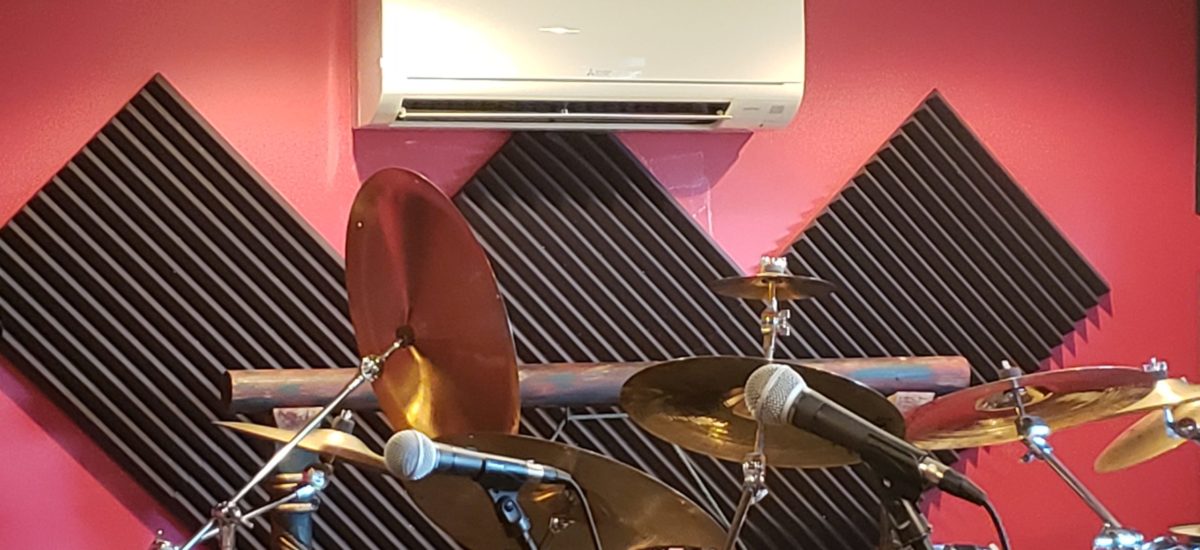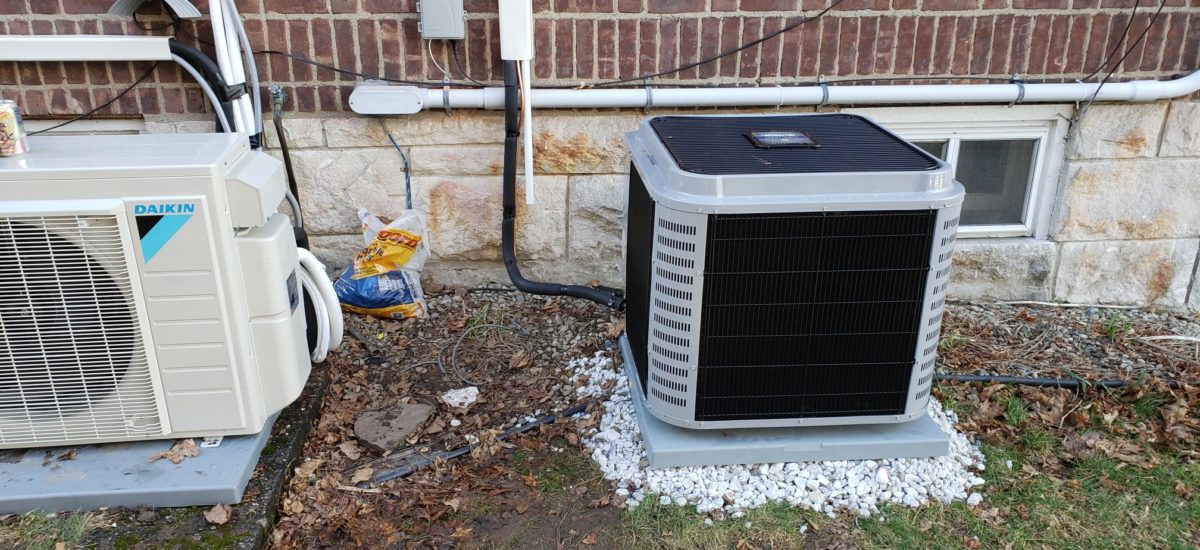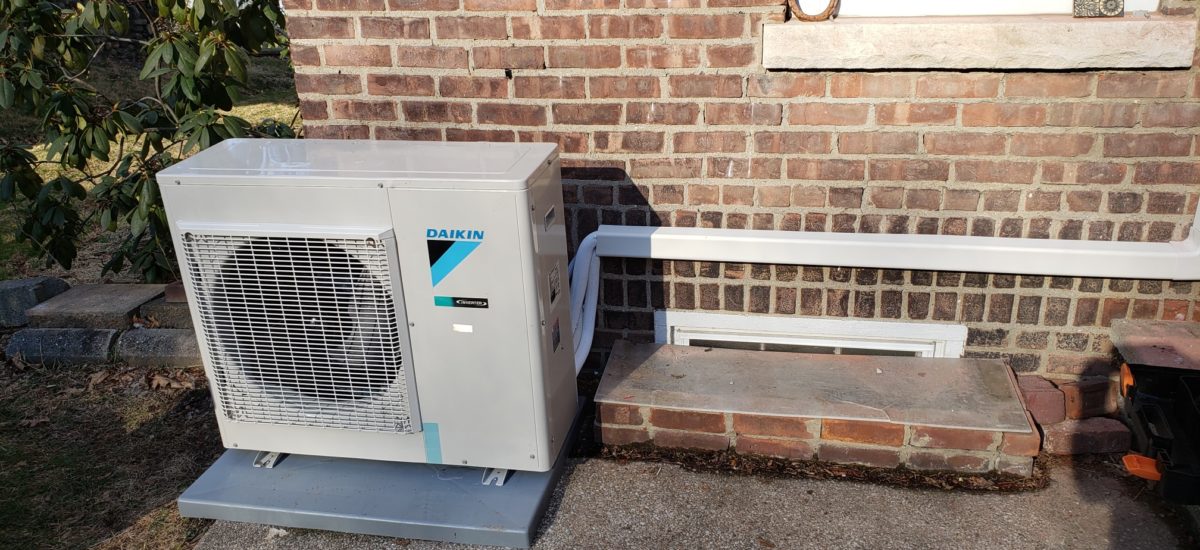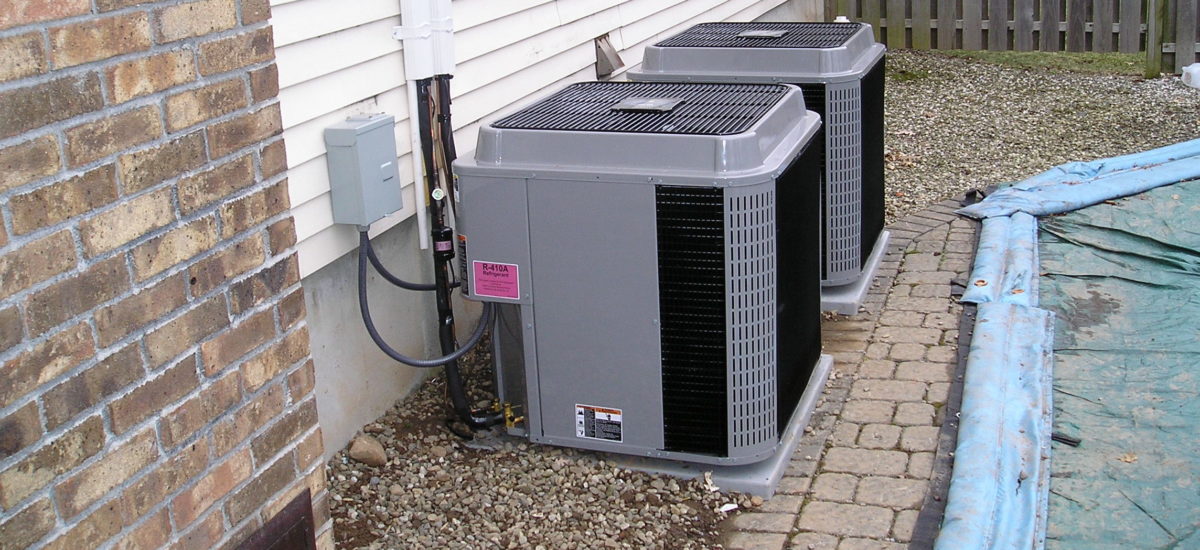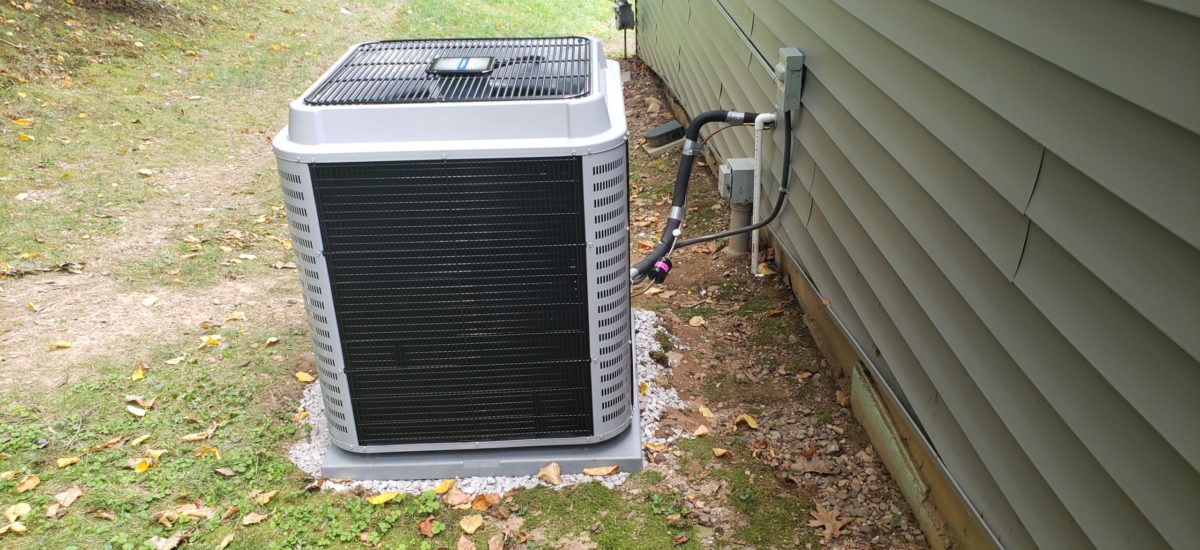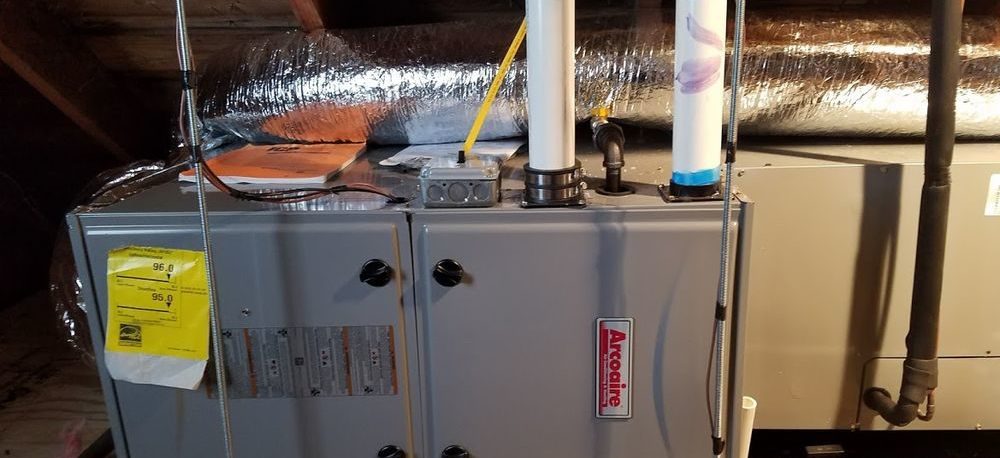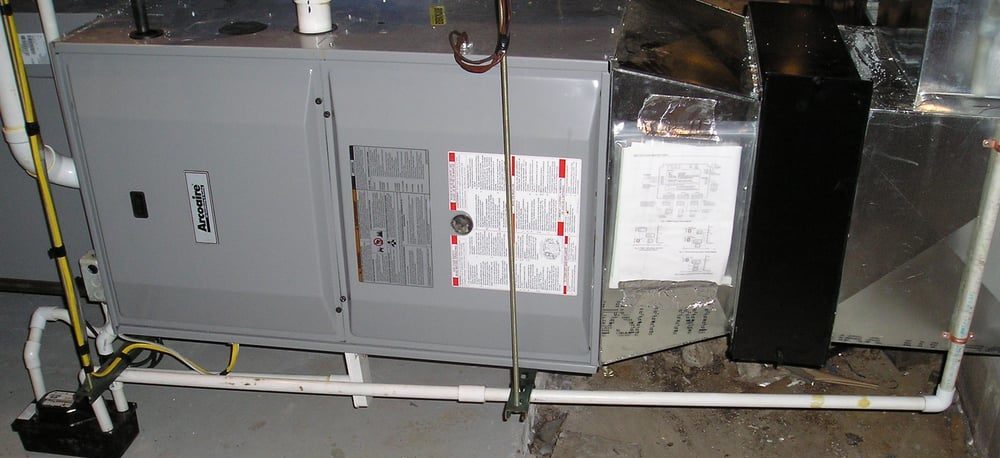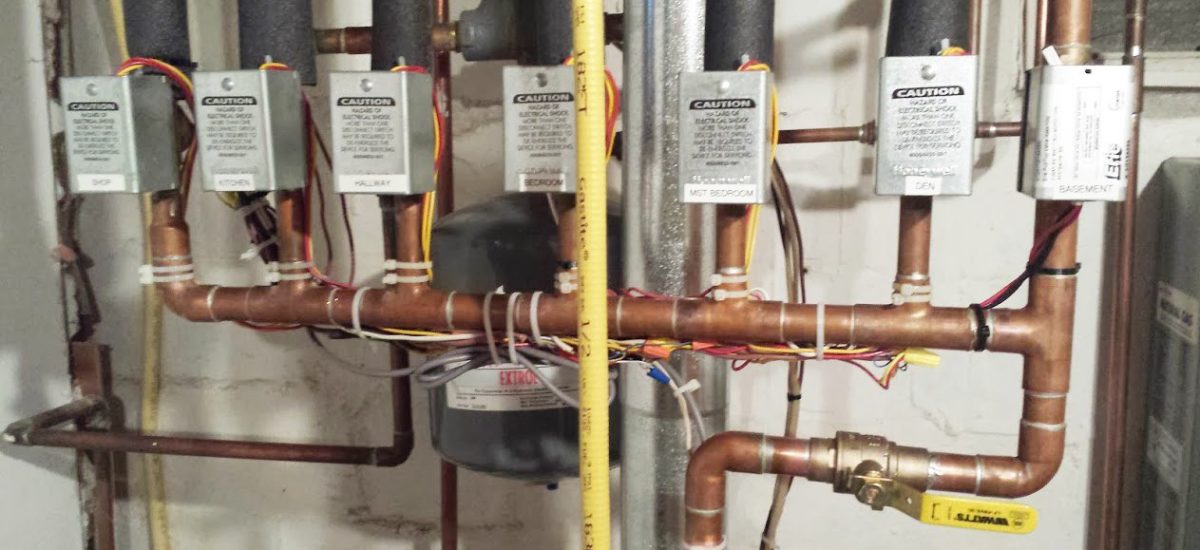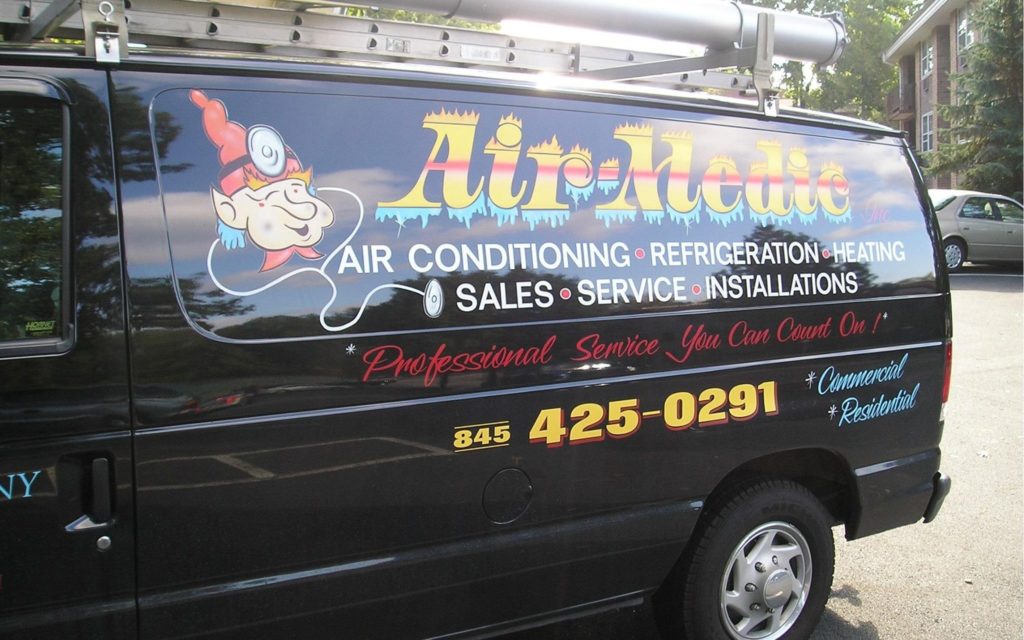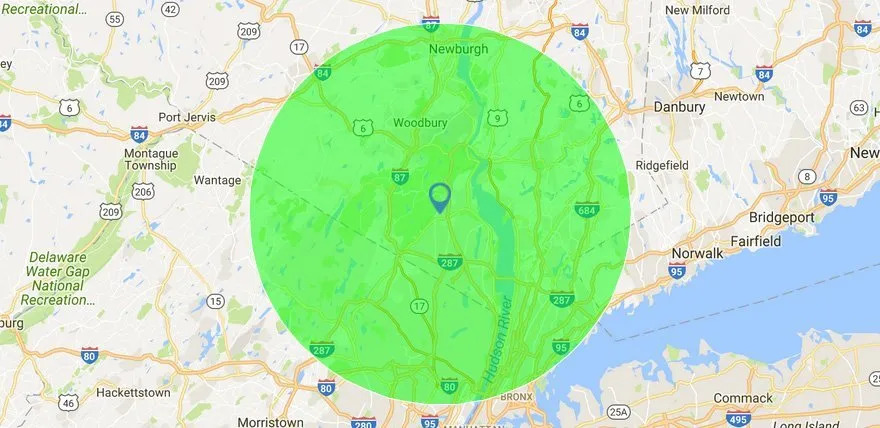5 Things You Need to Know About R-22 Refrigerant and Your Air Conditioner
Many homes still have older air conditioning units that use R-22 refrigerant. So far this year, the cost of R-22 has skyrocketed over 300%! With the change in laws and the rising cost of R-22, we put together these FAQs so you can understand why the price is rising and make an educated decision about your air conditioner.
1. What is R-22 Refrigerant?
R-22 (also known as HCFC-22) has been the refrigerant of choice for residential air conditioning units for over 40 years. Now, the US government (the Environmental Protection Agency, EPA) working under the guidance of the Montreal Protocol (1987) and Title VI of the Clean Air Act (1990) is phasing out the production, distribution and importation of R-22/HCFC-22 and other similar chemicals.
2. What is the Montreal Protocol?
The Montreal Protocol on Substances that Deplete the Ozone Layer, or simply the Montreal Protocol, is an internationally ratified treaty whose sole purpose is to implement guidelines and schedules to phase out the production and distribution of ozone depleting chemicals – such as chlorofluorocarbons and hydrochlorofluorocarbons, CFCs & HCFCs. These chemicals are widely known for their ozone depleting properties, contributing to the already-enlarged hole in the Earth’s ozone layer. The ozone layer is a layer in Earth’s atmosphere rich in trioxygen (O3) which is crucial and critical to keeping harmful UV-A/B rays out of the lower levels of the atmosphere where it can have damaging effects on life on Earth.
3. Why the Government is Phasing Out R-22
R-22 is a popular refrigerant for residential cooling systems. However, it is also a greenhouse gas and the production of R-22 results in the by-product HFC-23 which is a significant contributor to global warming. The limitations on R-22 (and in turn, HFC-23) will reduce the level of greenhouse gases being released into the atmosphere. As part of the phase out, more ozone friendly refrigerants are being required and developed.
4. What This Means for Homeowners
As the regulated phase out moves through its schedule, R-22 will continue to be available but only for use in servicing existing equipment. New equipment is designed to use a substitute refrigerant, one that does not have the same harmful properties as R-22. Due to the restrictions and limitations on the production and distribution of R-22, customers may likely see a price increase in servicing their equipment that uses R-22 as a refrigerant.The Clean Air Act (1990) does not allow for any refrigerant to be released/vented into the atmosphere when servicing, repairing, or installing equipment. R-22 must be recovered from the unit and be recycled for use within the same unit, or be reclaimed (reprocessed to the new purity standard for R-22) or destroyed. Reclaiming and recycling of R-22 will be the main source of the refrigerant for existing systems through 2020, when R-22 is scheduled for 99.5% phase out from baseline (usage of R-22 must be reduced by 99.5% of it’s original usage levels of 1993).
5. What Homeowners Can Do to Avoid R-22 Refrigerant
For homeowners worried about rising costs related to obtaining and using R-22 refrigerant, they should consider purchasing a new, high-efficiency home comfort system which uses a redesigned model for cooling and also uses a substitute refrigerant (R-410A). These systems use an outdoor condenser paired with an indoor evaporator coil to provide high-efficiency comfort while using an environmentally-friendly refrigerant. Homeowners should select Energy Star® rated equipment and dealers whose contractors are EPA-certified in handling refrigerant. Selecting Energy Star® equipment will also provide energy savings compared to older units.
Residential and Commercial AC Services
- Installations
- Repairs
- Central air units (no window or wall units)
- Air cleaners
- Air filtration
- Thermostats
- Commercial HVAC
Refer-A-Friend Discount
If you are satisfied with our work – and we are sure that you will be – why not take advantage of our refer-a-friend 10% discount offer. The discount can be used on your next service call after a qualified customer referral has been made, so give us a call today and start saving.
All work is carefully supervised by the founder of Air Medic!


